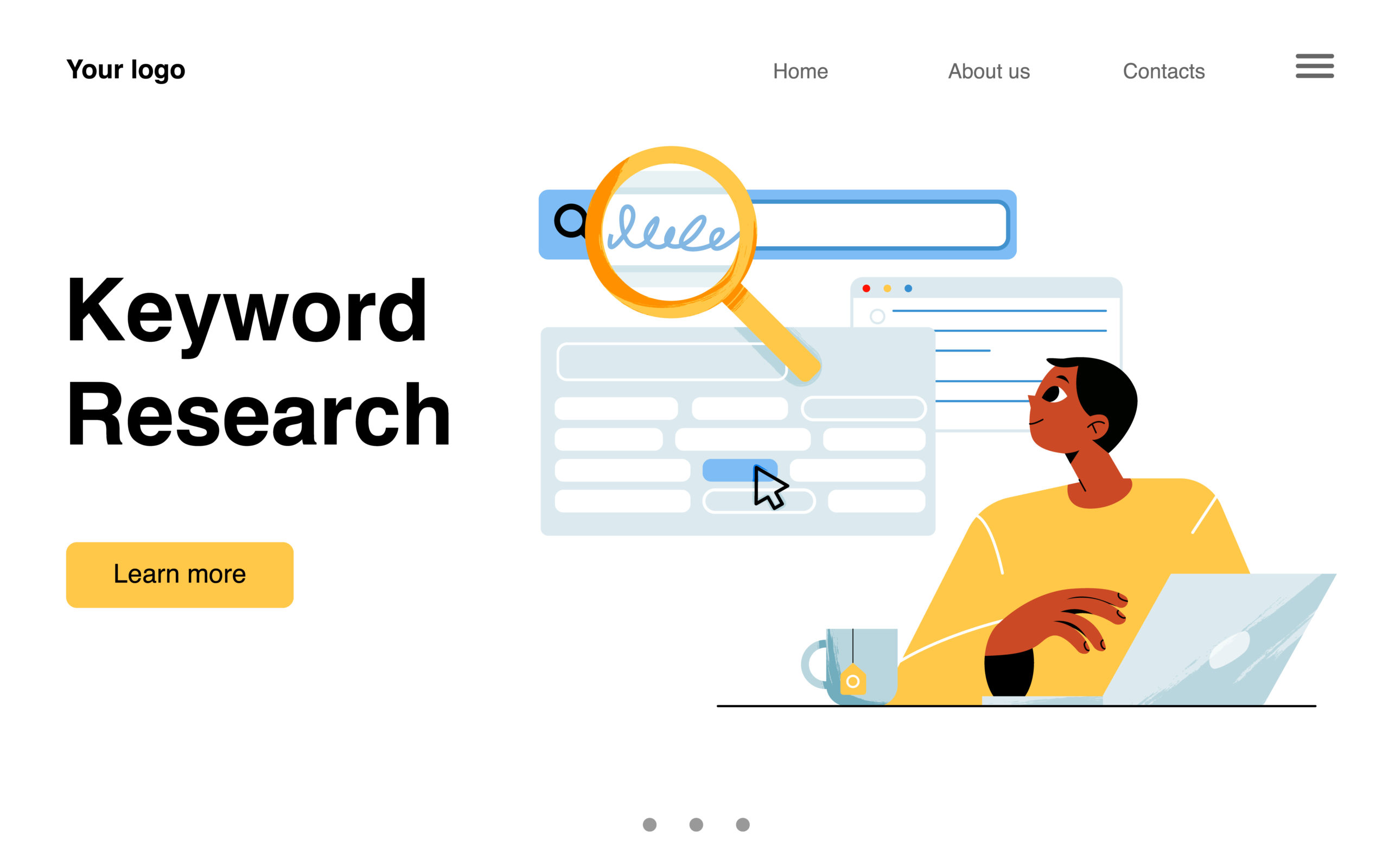Did you know that anchor text has existed since the beginning of the internet? The online world has changed rapidly and drastically over the last 20 years, and advice from experts often fails to keep up with these changes. In fact, some SEO experts and articles might never mention anchor text at all. This is an issue because anchor text is a vital factor in gaining a positive google ranking. Taking the wrong advice can not only waste your time but can also damage your business. In this article, we’ll go over what exactly anchor text is, as well as how to optimize it properly and increase your local SEO listing management.
What Is Anchor Text?
Anchor text is the clickable text within a hyperlink that sends users to a new URL. It essentially connects two separate web pages. By default, this text is blue and underlined so that it stands out from normal text. However, experts in anchor text can customize the style of the text however they want to.
Anchor text is one of the most important aspects of ranking your business. It has been shown to improve user experience and gives search engines a better idea of whether or not your content should be recommended to people. When you link to another existing page with anchor text, it boosts your SEO on the new page. Whether you need Cleveland SEO services or Miami SEO services, understanding how to utilize anchor text is essential.
Different Kinds Of Anchor Text
Each industry is different, just like every business is different, so it would stand to reason that you need to use different kinds of anchor text depending on what you want to accomplish. Some companies might be able to integrate SEO keywords and anchor text seamlessly into their content, but for some other industries, popular keywords just don’t fit easily into content grammatically. There are a few different approaches to anchor text:
Exact Match
Exact match anchor text means precisely what it likely sounds like; it matches a keyword you optimized your page to rank for exactly. While an exact match keyword can be incredibly useful, it can also be risky to use in certain situations. It can be risky because Google can detect if you are stuffing too many keywords into your content or if you are utilizing exact match keywords in a way that Google deems as manipulative or unnatural in the content. This happens most often when you are linking to a page you don’t actually own and using anchor text that doesn’t directly relate to it. Being flagged for this will hurt your business rather than help it.
Phrase Match (Broad)
Phrase match anchor text, also known as broad match, includes your target keywords along with additional words attached to it. So instead of using just your target keyword as the link, you include other terms in anchor text to make it seems more natural. This is also a great way to utilize long-tail keywords in your content.
Partial Match
Partial match anchor text either includes part of the target keyword or is a variation of it but is not the exact keyword. This kind of anchor text can be very helpful if you feel like your keyword is too long and you just want to focus on one specific aspect of it.
Related
Related anchor text utilizes synonyms or related terms, but it never contains the exact keyword. You can use this type of anchor text to assist search engines in better understanding what related terms can and should be related back to your website.
Branded
Branded anchor text essentially refers to using your own brand or branded term as a keyword for your anchor text. These types of links typically send you to a company’s homepage or landing page.
Generic
Generic anchor text refers to terms like “learn more” or “click here” being used to attract a user’s attention. While this kind of anchor text can be useful when used in a call to action, it does not help your local SEO listing management or Google ranking, so it should be used sparingly.
Naked
Naked anchor text is just a fun way of referring to using an exact URL as the anchor text. You shouldn’t utilize this kind of anchor text in most cases because it can come across as amateurish or spam, but when you are citing a source, especially at the bottom of the page, this is the ideal kind of anchor text to utilize.
How To Optimize Your Anchor Text
In order to boost general or local SEO listing management, you need to understand how to properly optimize your anchor text. Here are a few of the best practices to follow when utilizing anchor text in your content:
- Stay Relevant
Being relevant is vital when utilizing anchor text. Whatever you are linking to has to be relevant to the anchor text you are using; otherwise, it could confuse and even irritate users.
- Always Match Link Intent
Anchor text should also always match the intent of the page that you are linking to. To explain further, if your article is information, then you shouldn’t link to a page that is attempting to sell something.
- Be Natural
You need to make sure that your anchor text makes sense grammatically and structurally in the content you are placing it in. If your keywords seem like they were jammed into the content haphazardly, it will confuse your readers and might make them trust your content less. If you write naturally, just like you would speak, it will come across much better.
- Keep Keywords Brief (When You Can)
It’s best to keep your anchor text short and descriptive in most cases. It looks better to users, and it concisely explains what the destination page is about (if used correctly).
- Maintain A Variety
It’s a good idea to utilize a variety of keyword variations in your anchor text, including all of the different types. With a larger variety, you will improve Google’s understanding of your website as well as reduce the risk of any manual action from over-optimized links.
Shift Refresh is an SEO marketing agency in Ohio that helps businesses smash their competition and emerge as a leader in their respective industries. We are ready to help your business not only grow but thrive. To learn more, call us at 1-888-467-3249 or visit our website: https://www.shiftrefresh.com/.




0 Comments